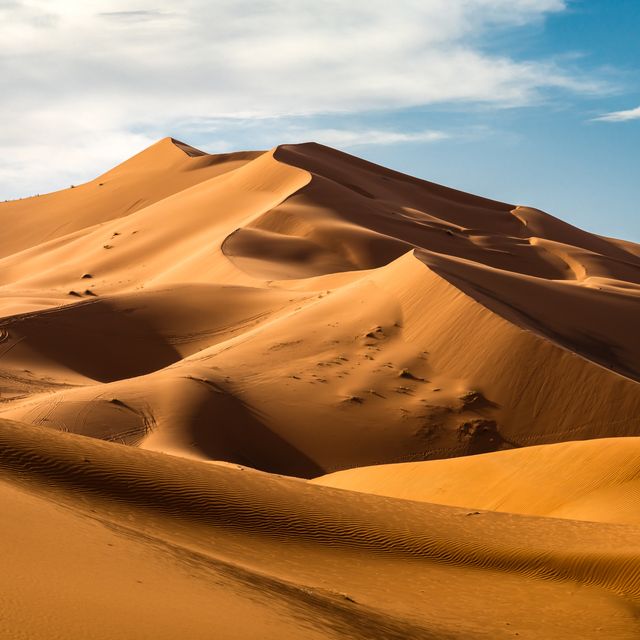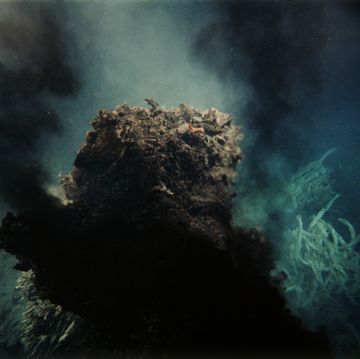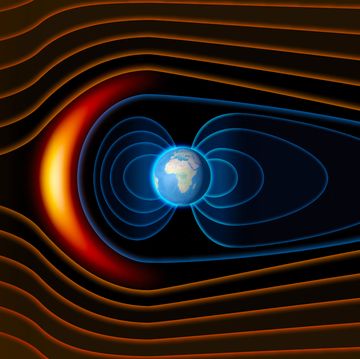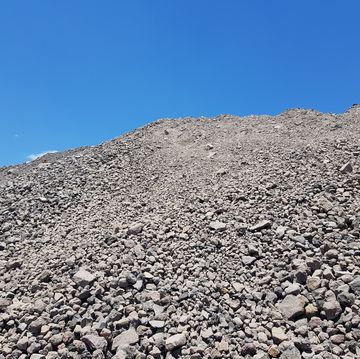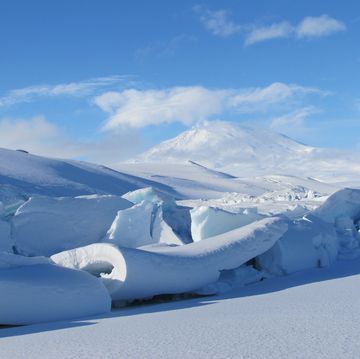- Climate scientists used models to show historic intervals of a green, vegetated Sahara Desert that occur every 21,000 years.
- During these periods, rivers, lakes, and water-based animals proliferate the area.
- Past “greenings” of the Sarah Desert could have provided avenues for animals—and humans—to disperse across Africa.
The Sahara Desert is apparently green with vegetation—about every 21,000 years or so. But despite its rarity, this periodic “greening” of the Sahara still provides plenty of opportunities for a truly different perspective on the desert.
“There is widespread evidence that the Sahara was periodically vegetated in the past, with the proliferation of rivers, lakes, and water-dependent animals such as hippos, before it became what is now desert,” Edward Armstrong, climate scientist at the University of Helsinki and University of Bristol, said in a news release. “The cyclic transformation of the Sahara Desert into savannah and woodland ecosystems is one of the most remarkable environmental changes on the planet.”
The research was published in the journal Nature Communications, and chronicles the wet phases in the Sahara. This includes the latest greening, which happened as recently as 5,000 years ago (or up to 15,000 years ago).
“Our study is one of the first climate modeling studies to simulate the African Humid Periods with comparable magnitude to what the palaeoclimate observations indicate,” Armstrong said, “revealing why and when these events occurred.”
The changes in the Sahara can be attributed to Earth’s shifting orbital conditions—especially how wobbly the Earth is on its axis. This wobble influences seasonal contrast by impacting the amount of energy the Earth receives from the Sun in different seasons, as well as the strength of phenomena like the African Monsoon.
The research team says that previous climate models weren’t adept at simulating the heft of the humid periods. They believe that their new study—with a freshly developed model used to simulate the North African humid periods— allows us to better understand just how wet the Sahara got.
According to the model, the North African humid periods have occurred every 21,000 years over the past 800,000 years, thanks to warmer summers in the Northern Hemisphere intensifying the strength of the West African Monsoon system and dumping more precipitation on the Sahara. This caused the growth of savannah-type vegetation across the region.
The greening didn’t occur during the ice ages, since the high latitudes were covered in ice that helped cool the atmosphere and suppress the monsoons.
While growing an understanding of the vegetational state of the Sahara is exciting on its own, researchers also believe that knowing the timing of these greening events can help us to better track the movement of animals in and out of the region.
“The Sahara region is kind of a gate controlling the dispersal of species between both North and Sub-Saharan Africa, and in and out of the continent,” Miikka Tallavaara, assistant professor of hominin environments at the University of Helsinki and study co-author, said in a news release. “The gate was open when Sahara was green and closed when deserts prevailed.”
That matters, Tallavaara says. “This alternation of humid and arid phases had major consequences for the dispersal and evolution of species in Africa,” he said. “Our ability to model North African humid periods is a major achievement and means we are now also better able to model human distributions and understand the evolution of our genus in Africa.”
Tim Newcomb is a journalist based in the Pacific Northwest. He covers stadiums, sneakers, gear, infrastructure, and more for a variety of publications, including Popular Mechanics. His favorite interviews have included sit-downs with Roger Federer in Switzerland, Kobe Bryant in Los Angeles, and Tinker Hatfield in Portland.
